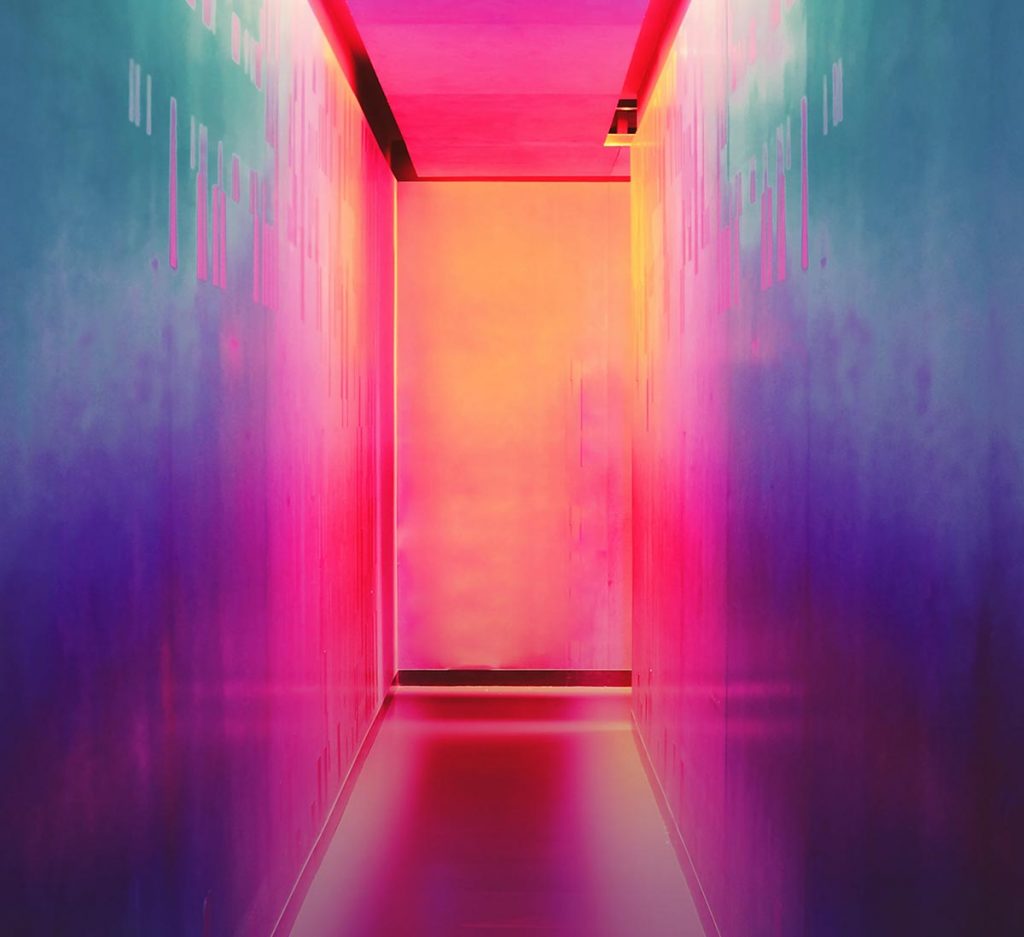LED Grow Lights vs. Fluorescent

When it comes to indoor gardening and controlled-environment agriculture, the choice of grow lights can significantly impact plant health and growth. Two popular options are LED grow lights and fluorescent grow lights. Each type has its advantages and drawbacks, making the choice between them dependent on various factors such as energy efficiency, light quality, cost, and specific plant needs. In this blog, we will compare LED and fluorescent grow lights across multiple criteria to help you make an informed decision for your indoor garden.
LED Grow Lights
Light Emitting Diodes (LEDs) are semiconductor devices that emit light when an electric current passes through them. LED grow lights have gained popularity due to their energy efficiency, long lifespan, and ability to produce specific light spectrums tailored to different stages of plant growth.
Fluorescent Grow Lights
Fluorescent lights work by passing an electric current through a gas-filled tube, which produces ultraviolet light. This UV light then excites a phosphor coating inside the tube, emitting visible light. Fluorescent grow lights, including compact fluorescent lights (CFLs) and T5 tubes, are known for their affordability and decent performance in growing plants.
Energy Efficiency
LED Grow Lights
One of the standout features of LED grow lights is their energy efficiency. LEDs convert a higher percentage of electricity into usable light, with minimal energy wasted as heat. This efficiency translates to lower electricity bills and a reduced environmental impact. LEDs typically consume 40-60% less energy compared to fluorescent lights, making them a more sustainable choice in the long run.
Fluorescent Grow Lights
While fluorescent grow lights are more energy-efficient than incandescent bulbs, they are not as efficient as LEDs. Fluorescent lights convert more energy into heat, resulting in higher energy consumption. However, they still offer a reasonable balance of performance and energy use, especially for small-scale or beginner indoor gardens.
Light Quality and Spectrum
LED Grow Lights
LED grow lights can be customized to emit specific wavelengths of light, providing the precise spectrum needed for different stages of plant growth. Blue light (450-495 nm) promotes vegetative growth, while red light (620-750 nm) is essential for flowering and fruiting. Some advanced LED systems allow for spectrum tuning, giving growers the ability to adjust the light according to plant requirements.
Fluorescent Grow Lights
Fluorescent grow lights typically offer a broad spectrum of light, which can be beneficial for general plant growth. However, they lack the customization that LEDs provide. Fluorescent lights are available in different color temperatures (measured in Kelvin), such as cool white (6500K) for vegetative growth and warm white (2700K) for flowering. While they can support plant growth effectively, they do not offer the precise spectral control that LEDs do.
Heat Output
LED Grow Lights
LEDs are known for their low heat output, which is a significant advantage in indoor gardening. Lower heat reduces the risk of heat stress on plants and minimizes the need for additional cooling systems. This feature allows growers to place LEDs closer to plants without the risk of burning them, promoting more efficient light absorption and growth.
Fluorescent Grow Lights
Fluorescent lights produce more heat than LEDs, though less than incandescent bulbs. While they do not generate excessive heat, they can still raise the temperature in a grow space, potentially necessitating additional ventilation or cooling, especially in smaller or enclosed areas. Managing heat output is crucial to prevent damage to plants and ensure optimal growing conditions.
Lifespan and Durability
LED Grow Lights
LEDs have a remarkably long lifespan, typically ranging from 50,000 to 100,000 hours of use. This longevity means less frequent replacements, lower maintenance costs, and reduced environmental impact from discarded bulbs. Additionally, LEDs are durable and less prone to breakage compared to the fragile glass tubes of fluorescent lights.
Fluorescent Grow Lights
Fluorescent grow lights have a shorter lifespan than LEDs, generally lasting between 10,000 and 20,000 hours. They require more frequent replacements, which can add to long-term costs and maintenance efforts. The glass tubes are also more susceptible to breakage, which poses a risk during installation and handling.
Initial Cost and Investment
LED Grow Lights
The initial cost of LED grow lights is higher compared to fluorescent lights. High-quality LED systems can be a significant upfront investment. However, the long-term savings in energy costs, reduced maintenance, and longer lifespan often offset the higher initial expense. For serious growers and commercial operations, LEDs can be a cost-effective choice over time.
Fluorescent Grow Lights
Fluorescent grow lights are generally more affordable upfront, making them accessible for beginners or hobbyists with limited budgets. Their lower initial cost can be appealing for small-scale operations or for those just starting with indoor gardening. However, the ongoing costs of replacements and higher energy consumption can accumulate over time.
Versatility and Application
LED Grow Lights
LEDs are highly versatile and suitable for a wide range of applications, from small indoor gardens to large-scale commercial operations. Their customizable spectrum and low heat output make them ideal for various plant species and growth stages. LEDs can be used in vertical farming, hydroponics, and traditional soil-based systems, providing flexibility for different growing methods.
Fluorescent Grow Lights
Fluorescent lights are well-suited for smaller setups, such as seed starting, cloning, and growing leafy greens or herbs. They are less adaptable to large-scale operations due to their higher energy consumption and lower intensity. However, they remain a practical option for specific applications where high-intensity light is not required.
Environmental Impact
LED Grow Lights
LEDs have a lower environmental impact due to their energy efficiency, long lifespan, and reduced need for frequent replacements. They contain no hazardous materials, making disposal safer and less harmful to the environment. The reduced energy consumption also translates to lower greenhouse gas emissions from electricity generation.
Fluorescent Grow Lights
Fluorescent lights, while more efficient than incandescent bulbs, still have a higher environmental impact compared to LEDs. They contain small amounts of mercury, which poses a disposal hazard and requires proper handling to prevent environmental contamination. The shorter lifespan and higher energy use also contribute to a larger carbon footprint.
Conclusion
When comparing LED grow lights and fluorescent grow lights, it’s clear that each has its strengths and is suited to different needs and budgets. LED grow lights offer superior energy efficiency, customizable light spectrums, longer lifespans, and lower heat output, making them an excellent choice for serious growers and commercial operations. Although they come with a higher initial cost, the long-term benefits often justify the investment.
Fluorescent grow lights, on the other hand, provide an affordable and accessible option for beginners and small-scale growers. They offer decent performance for seed starting, cloning, and growing less light-intensive plants. However, their higher energy consumption, shorter lifespan, and environmental concerns make them less ideal for long-term and large-scale applications.
Ultimately, the choice between LED and fluorescent grow lights depends on your specific needs, budget, and growing conditions. By considering the factors outlined in this blog, you can make an informed decision that best supports your indoor gardening goals and contributes to sustainable and efficient plant growth.
